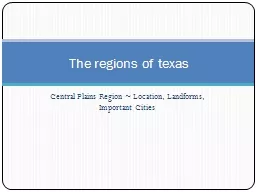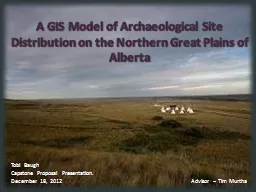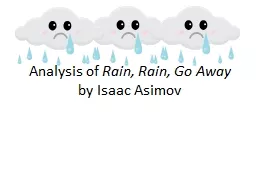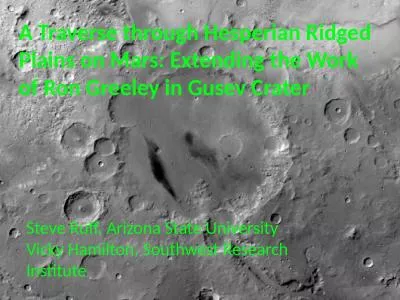PPT-Why Does the Rain Fall on the Great Plains…….
Author : ellena-manuel | Published Date : 2017-12-12
David Parsons Kevin Haghi and Ben Blake School of Meteorology Why Does the Rain Fall on the Great Plains Mainly at Night David Parsons Kevin Haghi and Ben
Presentation Embed Code
Download Presentation
Download Presentation The PPT/PDF document "Why Does the Rain Fall on the Great Plai..." is the property of its rightful owner. Permission is granted to download and print the materials on this website for personal, non-commercial use only, and to display it on your personal computer provided you do not modify the materials and that you retain all copyright notices contained in the materials. By downloading content from our website, you accept the terms of this agreement.
Why Does the Rain Fall on the Great Plains…….: Transcript
Download Rules Of Document
"Why Does the Rain Fall on the Great Plains……."The content belongs to its owner. You may download and print it for personal use, without modification, and keep all copyright notices. By downloading, you agree to these terms.
Related Documents














